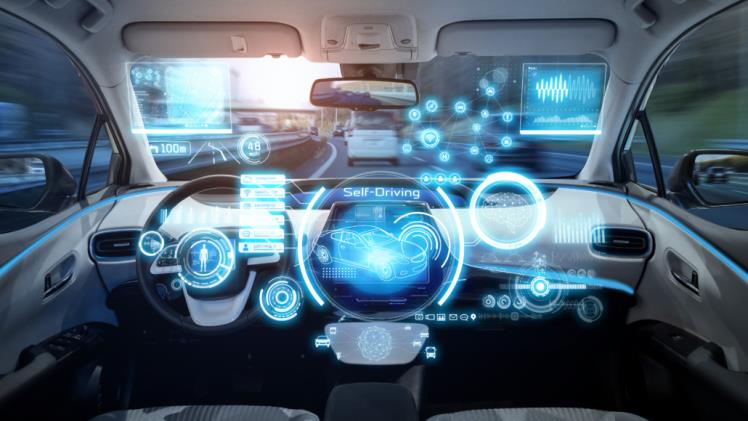Self-Driving Cars and Their Potential Impact on Transportation

Self-driving cars hold the potential to revolutionize transportation. Not only can they reduce congestion, save fuel and create healthier lifestyles for all of us, but they may be the solution to issues such as parking spaces, road accidents and transportation infrastructure.
Autonomous vehicles rely on a range of sensors to sense and monitor everything around them, while software processes the data sent back and forth from these sensors. These can sense elements such as temperature, sound, motion, light, pressure – creating an accurate sensory map of road activity.
They can communicate with other autonomous vehicles to avoid collisions and work together to optimize traffic flow. Furthermore, autonomous cars have the capacity to detect and react to pedestrians, bicyclists, construction zones, potholes, and other obstructions that human drivers might miss.
The technology behind autonomous vehicles is intricate, requiring plenty of processing power to function optimally. Furthermore, safeguarding the data collected from these vehicles will be a significant challenge.
Self-driving technologies are being created and require new regulatory frameworks. These rules ensure that devices and systems used for self-driving purposes are safe for others and do not cause harm to anyone else.
No one can predict how autonomous vehicles will affect our daily lives until laws are in place. It is essential to assess what effect these vehicles will have on us and take steps to safeguard both our safety and the environment.
Automated vehicles could be a great help to the elderly and disabled, who may find it difficult or impossible to drive themselves. Additionally, automated vehicles could make living in areas without access to public transportation easier for individuals.
According to one study, making self-driving vehicles a widespread feature will drastically reduce traffic collisions and fatalities. One study even suggests that making 90% of American roads self-drivable could save 25,000 lives annually.
These vehicles utilize a combination of camera technology and artificial intelligence. Cameras are located on every side to give drivers an immersive 360-degree view of what’s going on around them.
This data is then fed into the car’s internal computer. This device processes the data and plots a route that will get your car where it needs to go.
Once a path has been determined, it will be sent to the car’s actuators – responsible for controlling acceleration and braking – which in turn execute any commands from the computer.
These actuators are linked to the wheels and steering system of a vehicle, meaning they can also be controlled remotely by computer. This makes them more efficient and allows for quicker driving.
